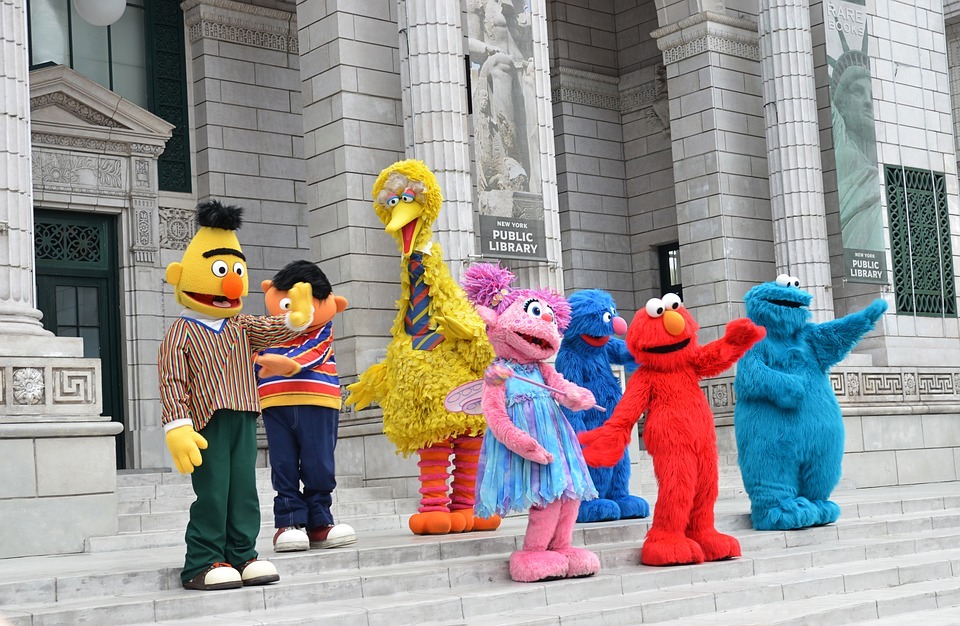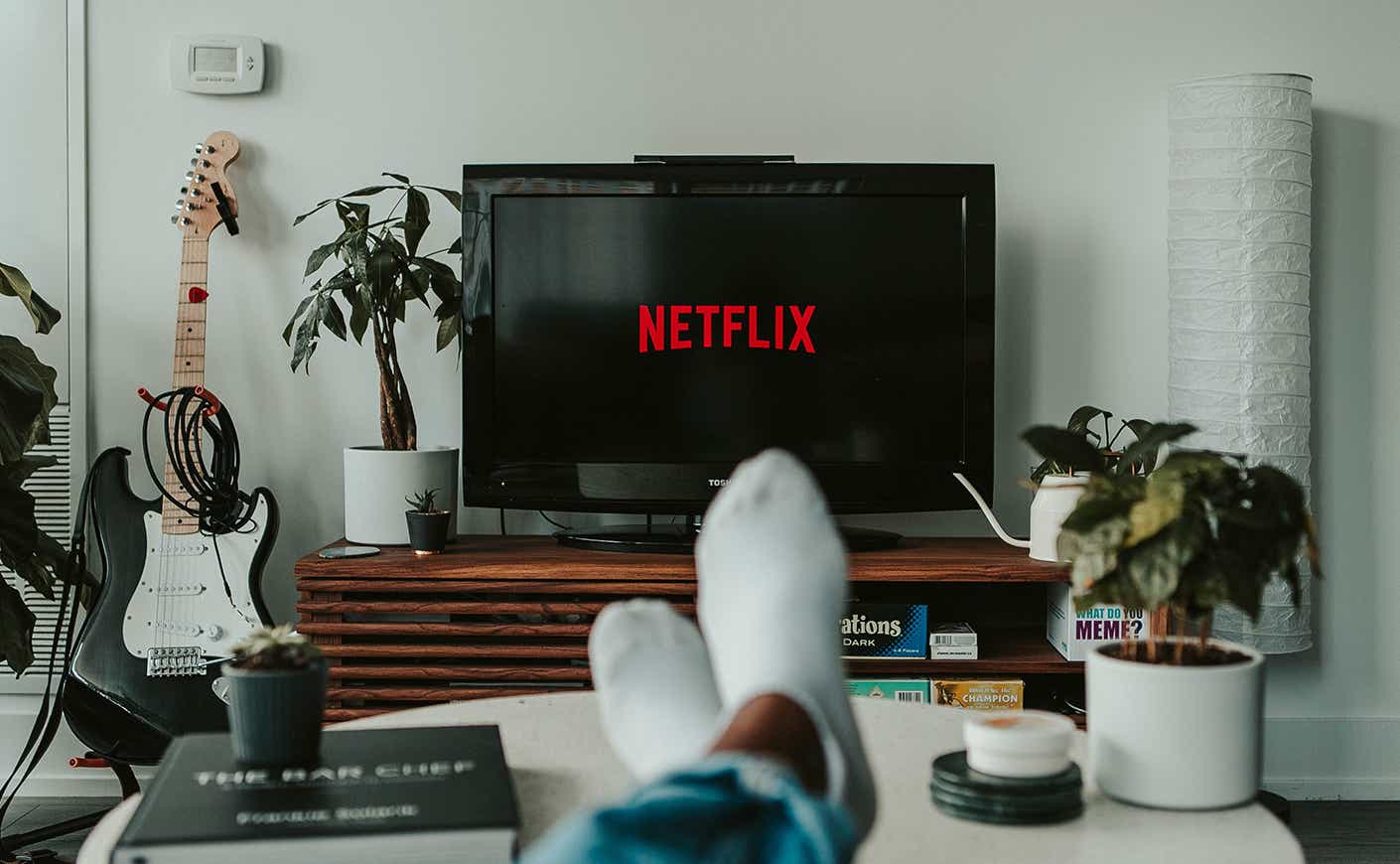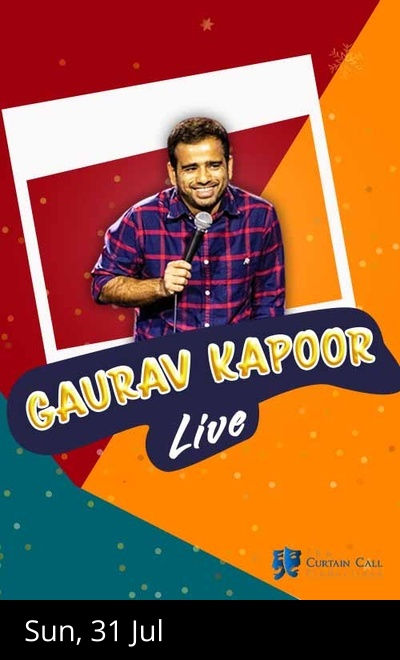
There are some women in the talkshow industry that have made a name of themselves. Oprah Winfrey is, Sheryl underwood and Ricki lake are some of the names you may recognize. These female talkshow hosts are great examples for women who are open to discussing controversial topics and speaking up.
Oprah Winfrey
In the United States, Oprah Winfrey is one of the most popular female talk show hosts. She began her career working in local media. She was the youngest news anchor for WLAC-TV. Aside from hosting a local show, she hosted Dialing to Dollars.

Sheryl Underwood
Sheryl Underwood, a well-known actress and talk show host for women, is a popular name in the industry. She was born in Little Rock Arkansas. Her achievements in many fields have earned her national recognition. She was a twin at birth. In 1987, she was married to Michael. However, the marriage was short-lived because Michael Underwood died after a suicide attempt. The couple didn't have any children.
Ricki Lake
Ricki Lake is an American actress and television host. She is known for her role as Tracy Turnblad in the 1988 film Hairspray, for which she was nominated for an Independent Spirit Award. Lake is also a highly successful actor having appeared in numerous films including The King of Comedy and The Office.
Cecilia Bolocco
Cecilia Bolocco is a famous TV personality and journalist in Chile. Before she became a talk host, she was a CNN journalist. She was also the Miss Universe winner in 1987. She began hosting talk shows after her win and was also a judge for the Miss Universe pageant 1996. She is known for being stunning in looks and having a slim body.

Ananda Lewis
Ananda Lee is an American television talkshow host. She is a former model, and a social activist. From the late 1990s up to 2001, she was a MTV veejay. After that, she began her own syndicated talkshow. In addition, she worked as a correspondent for The Insider from 2004 to 2005.
FAQ
How Are TV Ads Delivered?
TV ads are typically delivered via cable, satellite or IPTV.
There are many ways consumers can access content today. Yet, companies still have a limited number of options for how they distribute their advertising.
This is because they all look at the same metrics when deciding what delivery method to use.
For example, if your ad effectiveness is measured by viewing time, you'll want to make sure that the advertisement is accessible on as many channels as possible.
If you want to gauge ad effectiveness by impressions, make sure that your ads reach as many people possible.
The problem with this is that they don't always go together.
For instance, if you're delivering an advertisement on multiple platforms, but only one platform delivers high-quality video, then you may end up getting fewer views from that particular platform.
You could miss out on great opportunities if all you do is rely on time to measure success.
Are TV commercials targeted at target audiences?
Targeting an ad with the right keywords is the best way to reach people.
To put it another way, if you want reach someone who watches football Sunday afternoons, advertise during football matches. Advertise during movie times if you want to reach people who are interested in movies on Friday evenings.
You should advertise on prime-time shows if you want people to see your ads while they are eating dinner.
Knowing what people do to your ads is key. That means having access to data about what programs they're watching.
New technologies like streaming video or DVRs make data easier to access.
Remember that everyone is unique and has different preferences. It's impossible to predict which program someone will be watching next.
It's crucial to test different kinds of ads. Real-world feedback is the best way to find out which types of ads work well.
What cost does it take to produce a commercial product?
Producing a commercial can be expensive. The length of the commercial, the number of stars involved, and the location where the shoot takes places will all affect the price.
A 30-second commercial typically costs between $20,000 and $40,000.
What is TV Advertising?
Television advertising is an effective way to reach consumers when they watch television. It's also cost-effective. The most common form of advertising on television is commercial breaks. These commercial breaks last 30 seconds, but they can sometimes be longer if there's a special event like a sporting match or awards ceremony. Companies sponsor commercials in order to promote their products. These companies pay for airtime. Some commercials show product information and others simply display images or music. A lot of programs offer 'product placement', which allows brands to appear in the program. This might involve the brand being featured in a scene or providing background information on the product.
TV: What's the best thing for your business?
Yes, TV can be a great tool for businesses. It allows businesses to reach more people.
If you want to sell your house, signs are placed all around town. Advertisements can also be placed in local papers like the newspaper, the real-estate section, and the classifieds.
Online advertising can be done through websites and social media platforms like Facebook.
You don't need to worry about posting messages, creating articles or putting up signs on TV.
Instead, you can simply relax and let someone else take care of the work.
This will ensure that you get the best results, without having to invest in expensive marketing campaigns.
Does TV affect sales?
TV can influence sales because it lets consumers see the available products.
Customers often compare prices before they buy something. A product advertisement might make consumers think, "I wonder what I could afford?"
What is the time it takes to fly commercial air?
Commercials can air at different times throughout a day. Some commercials are shown during daytime, while others air in prime time or late at night.
Commercials are usually aired every hour or so.
Statistics
- With OTT ad revenue set to increase from 45% to 60% over the next decade, AdTech pioneers and early adopters of OTT advertising will reap its benefits in the near future. (clearcode.cc)
- 93 percent of American adults listen to the radio over the course of the week. (marketingevolution.com)
- Radio is extremely accessible – 95 percent of cars have radios, and 99 percent of homes have radios. (marketingevolution.com)
- Television is a great brand awareness tool - Almost every American has a television, with 83 percent of adults having two or more, and American households keep their televisions on for 8.1 hours each day on average. (marketingevolution.com)
- Video-ad views on OTT (over-the-top) devices grew 63% year over year in Q3 2016, and the trend is expected to continue, further crippling traditional TV advertising. (clearcode.cc)
External Links
How To
How do I buy TV time?
You must first have an idea. If you don't, you don't have the money to purchase airtime. Local stations can be reached for ideas. They often look for original content.
If you're lucky enough to find a station willing to give you free airtime, you should start by researching what they've done in the past. You might find something you can use from these shows.
The next step is to make a script. You should ensure that it is well-written and organized. It doesn’t matter how lengthy it takes to create it, as long you complete it within a reasonable time.
Finalize the script and send it to your station. Send it to the station with your name, information, and a description of yourself.
You'll probably also need to provide references (like other shows they've produced) and examples of previous scripts you've written.
When you get a response you will know if there is a chance of the show being aired. To get a response, contact someone who is directly involved in the show.